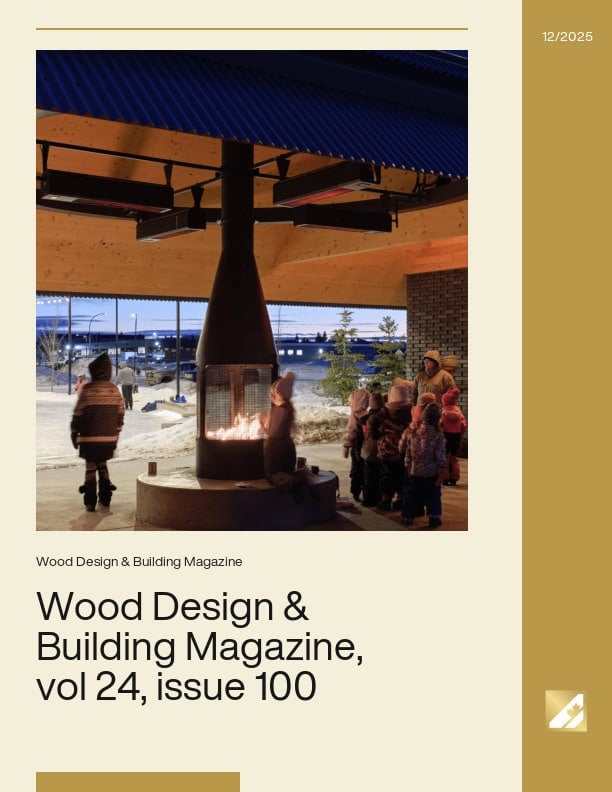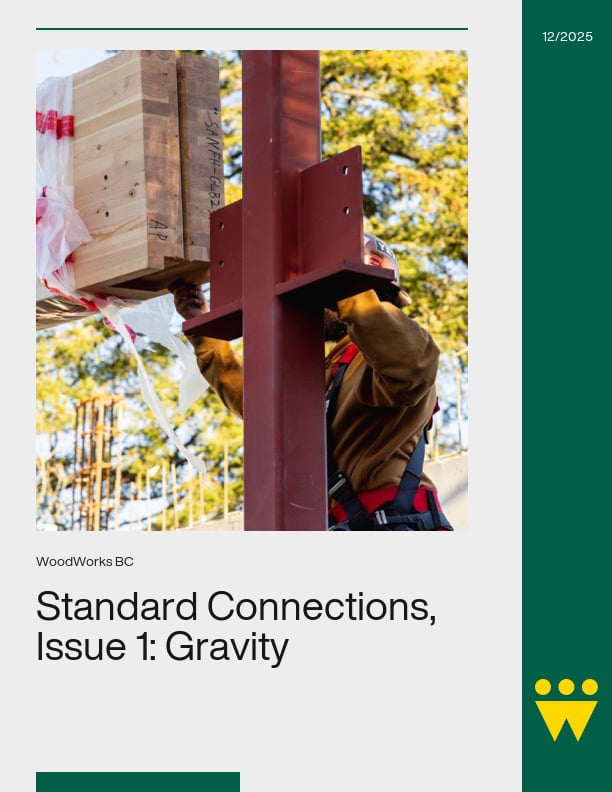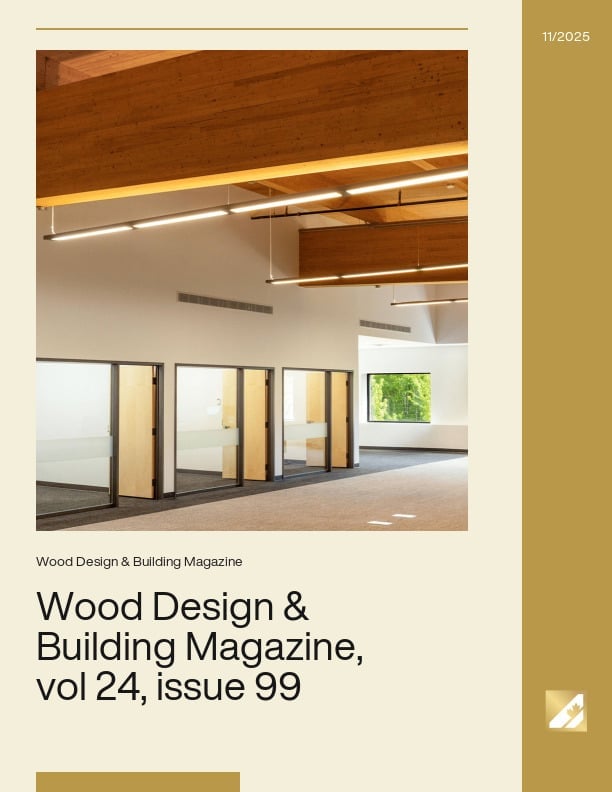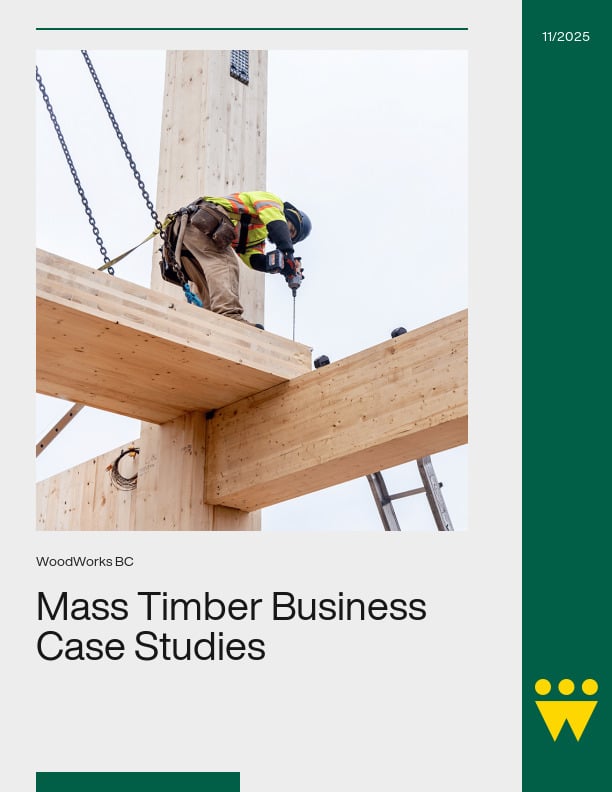Termites, sometimes called “white ants” are a social insect, more closely related to cockroaches than ants. They can be distinguished from ants by the absence of a narrow waist on the body and their typically white colour. Under a hand lens, termite antennae are straight whereas those of ants have an elbow. Flying reproductive termites (alates) can be distinguished from flying ants by the equal size of all four termite wings. Three types of termites can be distinguished on the basis of their moisture requirements:
-
Damp-wood termites
-
Dry-wood termites
-
Subterranean termites
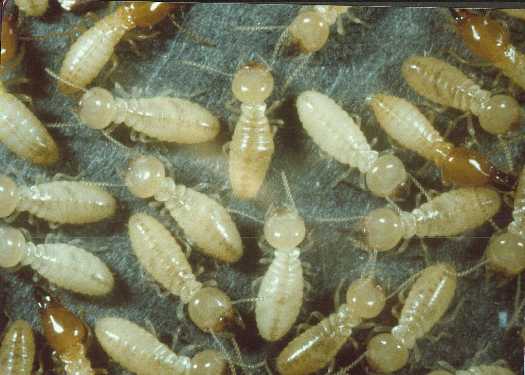
Damp-wood termites are particularly prevalent in coastal British Columbia and the Pacific Northwest of the USA. They only attack and help physically break down decaying trees in forest ecosystems and can be controlled by eliminating the moisture source which has led to decay. They are rarely a problem in buildings.
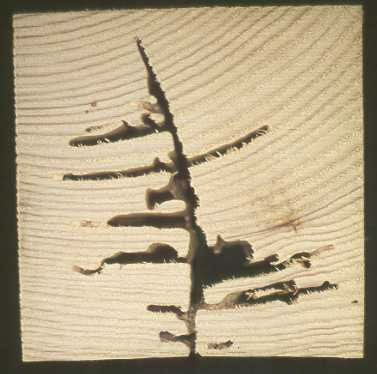
Dry-wood termites on the other hand pose significant hazards to exposed, accessible wooden infrastructure, since they need no significant moisture source, and mated pairs can fly into buildings and start up a nest in dry wood. Consequently, control measures designed to separate wood from soil or moisture are ineffective. On the North American Continent, dry-wood termites are found only from the extreme south of the USA into Mexico.
Subterranean termites do need a reliable source of moisture, normally the soil, but they have the capability to carry their required moisture needs into dry wood in buildings. Although satellite nests can occur in buildings, their main nests are normally in soil or wood in contact with soil. Subterranean termites build characteristic shelter-tubes (tunnels) of mud, wood fragments and bodily secretions, which allow them to pass from the soil to wood above ground without being exposed to drying air or predators. These shelter tubes can extend for several metres over inert substrates, such as concrete foundation walls. Termites can also pass through cracks in concrete as narrow as 1.5 mm. Within the subterranean group, one particular species: the Formosan termite (Coptotermes formosanus Shiraki), is the most problematic for wooden infrastructure. Although individuals are smaller than the species mentioned above, because of sheer numbers Formosan termite colonies can be nine times more aggressive in terms of wood consumption. This species is particularly problematic in parts of Southeastern USA, particularly Florida, where it was introduced after WWII. It is unlikely to spread north into Canada although Canada does have other, less-aggressive species of subterranean termites. Subterranean termites are the most economically important group worldwide.
More Information
Click here for a termite map of Canada.
Click here for a termite map of SW Ontario.
Click here for a termite map of British Columbia.
Additional Sources of Information on Termites
Louisiana State University Agricultural Center

